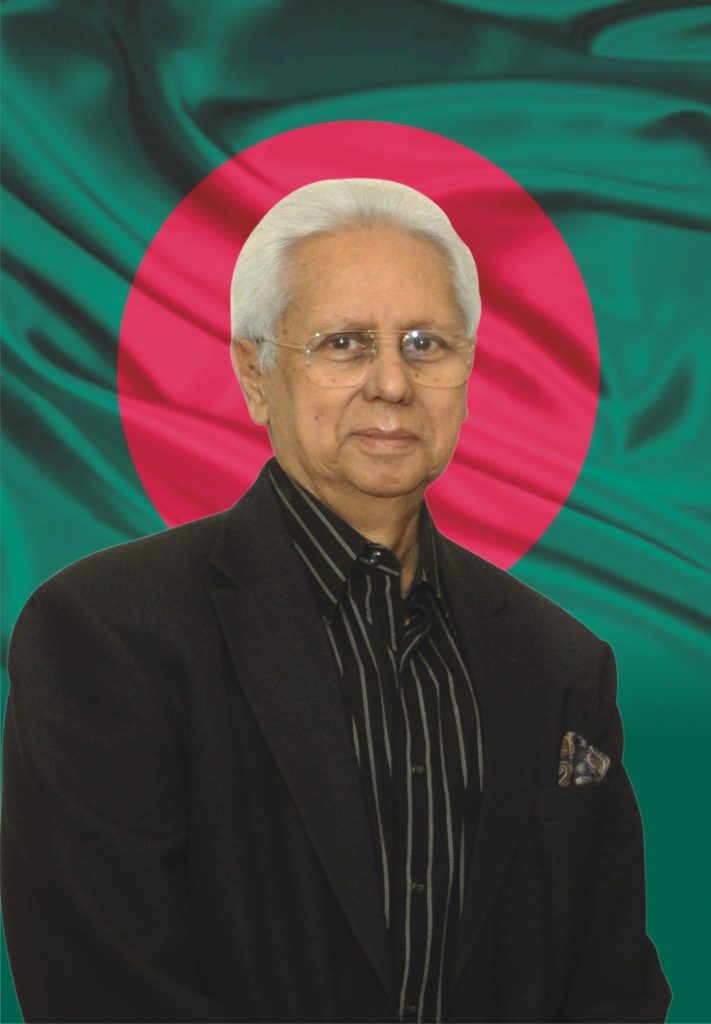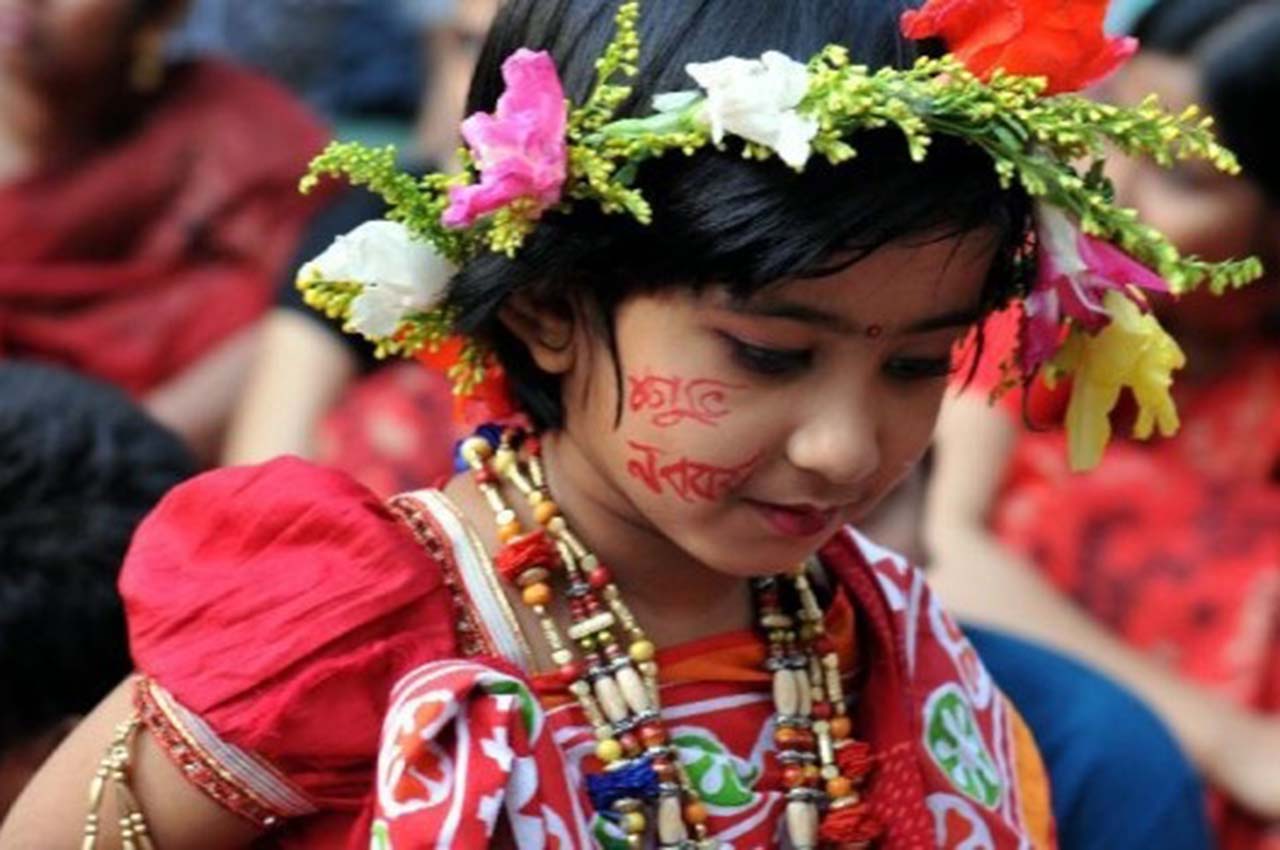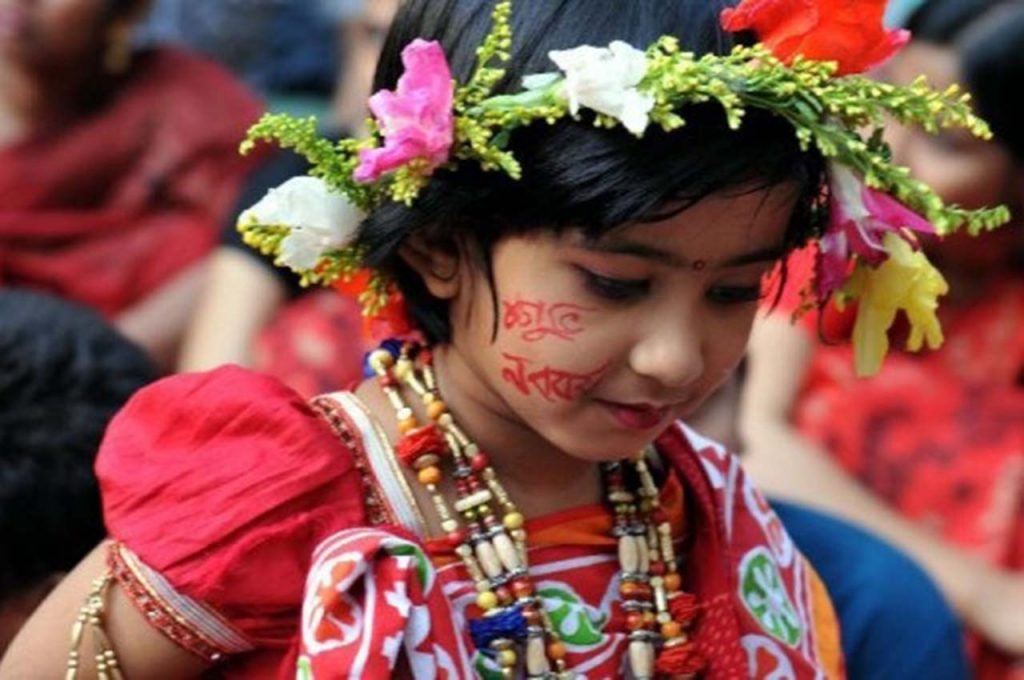Pahela Baisakh, the first day of Bengali New Year, is one of the most cheerful and colorful festivals of Bangladesh showcasing the vivid colors in the lives of its people. In Bangladesh, the day is always observed on 14 April of the Gregorian calendar, with vibrant and festive programs throughout the country. Traditionally, Bangalees have been celebrating the day by wearing colorful traditional dresses, congregating at fairs having traditional meals of rice and fish.

The Bangla calendar, as it appears from historical records, was codified by Mughal Emperor Akbar in the sixteenth century, primarily on the basis of our harvesting cycle to facilitate payment of land revenue by our peasants. Earlier, the Mughals were collecting taxes on the basis of the lunar Islamic Hijri calendar but it did not coincide with the solar agriculture cycles. Thus, the peasants were not always in a position to pay the taxes. So Akbar asked his royal astronomer Fatullah Shirazi to create a new calendar by combining the lunar hijri calendar with the indigenous solar calendar with a view to determining the best time to tax the peasants. Shirazi came up with this compromise solution called “Fashali Shons” (harvesting cycle) and it was implemented in 1548 AD, but was predated to 1556 as Akbar had ascended the throne that year.
Some researchers, however, argue that King Shashanka had introduced the Bengali calendar during his reign from 600-625 AD and had named it Bangabdo, and Shiraji had merely updated it by combining it with the lunar calendar.
When the British colonialists took over Bengal, they introduced the Gregorian calendar for all official business, but did not disturb the method of collection of land revenue on the basis of Bangla calendar. Our traders always maintained their accounts on the basis of the Bangla calendar and they open new accounts or “hal khata” on Pahela Baisakh.
After partition, the then Pakistan government continued with the British practice of maintaining all official business on the basis of Gregorian calendar but the financial year was changed to the period first of July to thirtieth June. They discouraged celebration of Bengali calendar by dubbing it as a Hindu tradition. Nevertheless, the traders and peasants continued to follow the Bengali calendar.
After the Language Movement, the Bengalis made a determined move to uphold their language and cultural tradition and started observing the day through various cultural events. The prominent cultural group “Chhayanaut” took the initiative to institutionalize our celebration by organizing a musical program at the dawn of Pahela Baishakh where they presented an array of Tagore, Nazrul and folk songs depicting the significance of the day. This cultural program which formally started in 1967 became the centerpiece of our cultural functions.
Since the Bengali Calendar was based on solar Calendar, there were some practical difficulties, as the days in each Bangla month had varied from year to year. That problem was resolved in 1966, when the solar-based Bengali calendar was modified by a Bangla academy committee under the stewardship of celebrated scholar Dr. Muhammad Shahidullah. The Committee had made important adjustments on the basis of some astronomical facts. Consequently in Bangladesh, Bangla New year is now celebrated every year on 14 April.
After the independence of Bangladesh, Baishakhi celebration started getting the state patronage. The morning program initiated by Chhayanaut in Ramna Park has further expanded and is more colorful. What had started with nearly two dozen people has now expanded to include hundreds of singers and reciters dressed in colorful dresses. Side by side, dozens of cultural groups are organizing musical programs all over the country.
In 1989, the students of the faculty of Fine Arts of Dhaka University revived the old tradition of bringing out procession to celebrate the day. Initially, it was called “Ananda Shobhajatra” (Fun procession) but subsequently, it was renamed as “Mangal Shobhajatra” which literally means “procession of well-being”. The procession, a cultural heritage, is deeply rooted in the Bengali tradition of making clay dolls, pots, and other decorative pieces. It is said that “Charupeethh”, a cultural organization, had first organized the procession in Jessore in 1985.
The UNESCO recognized “Mangal Shobhajatra” as an “Intangible Cultural Heritage of Humanity”. This declaration has added a new depth and dimension to our Baisakhi celebration. Pahela Baishakh is now celebrated all over Bangladesh with gaiety and fanfare. It is a celebration across all faiths, castes, classes, creeds, genders, or ages, which strengthens the secular identity of Bangladesh.
(The author is Bangladesh High Commissioner to India and the views expressed herein are his personal.)










